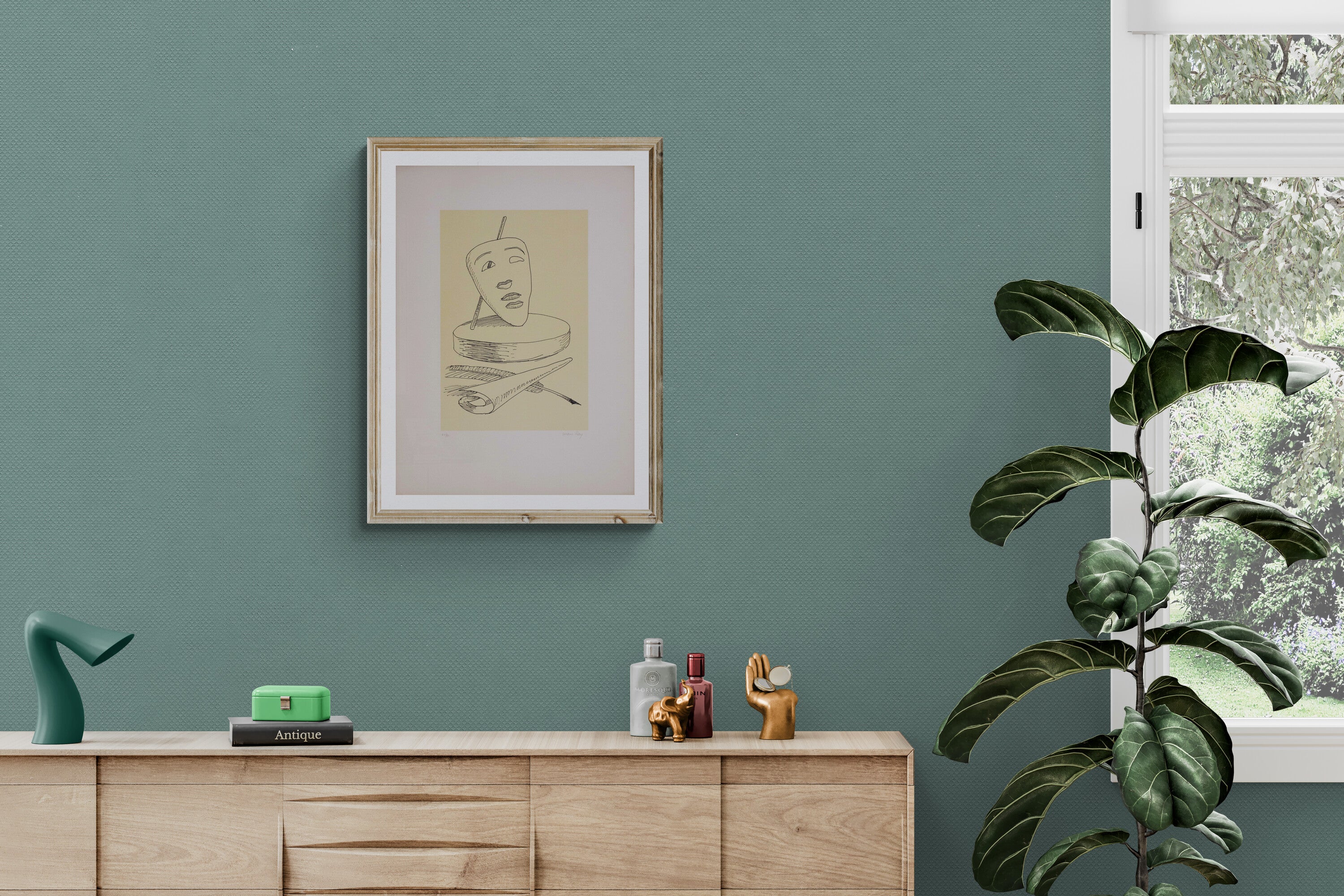Vincenzo Agnetti OPERE

Vincenzo Agnetti was one of the most significant Italian artists of the postwar period and, at the same time, one of the least understood. Born in Milan in 1926, his research explored language, time, communication, and the relationship between art and life, developing an original and complex path, often categorized within conceptual art. Despite a relatively short career – from 1967 to 1981 – Vincenzo Agnetti left an indelible mark thanks to innovative artworks that blend poetry, philosophy, and social criticism.
Vincenzo Agnetti artist
Vincenzo Agnetti was born in Milan on September 14, 1926. After graduating from the Brera Academy, he attended the Piccolo Teatro school. In his youth, he devoted himself to informal painting and poetry, experiences that left no material traces but would form the invisible foundation of his future production. His first artistic friendships – particularly with Piero Manzoni and Enrico Castellani – testify to his closeness to the most advanced Milanese art circles.
Between 1962 and 1967, the artist lived in South America, working in the field of electronic automation, an experience that fueled his conceptual rigor. Returning to Italy in 1967, he debuted as an artist with artworks in which reflection on language became central. In Ferrara, in 1967, he presented “Principia,” a panel where words and movable cursors highlight semantic ambiguity: «One word is worth another but all tend toward ambiguity.» In 1968, he published "Obsolete," a novel with graphic elements and sanded pages, inaugurating his conceptual and linguistic exploration.
Vincenzo Agnetti distinguished himself by merging life and artwork, rejecting the separation between writing, painting, sculpture, and criticism. Among his best-known works is the “Drugged Machine” (1969), a modified Olivetti calculator that replaces numbers with letters, highlighting the gap between mathematical code and language. Another emblematic example is the "Book forgotten by heart" (1970), whose pages are entirely perforated, denying reading to transform it into a conceptual gesture.
In the 1970s, the artist's production intensified: he worked with industrial materials such as felts and bakelites, created the "Axioms" (1971), black plates engraved with tautological and paradoxical phrases. In 1975, he exhibited “Image of an exhibition” in New York, summarizing his reflection on language and time and establishing him on the international scene. His poetics is rooted in the belief that every artistic act is a critique of language and perception, and that art must be “translated, reduced, forgotten.”
Vincenzo Agnetti artworks
The corpus of artworks by Vincenzo Agnetti is extremely varied and spans different languages, from writing to photography, from sculpture to performance. Language, as both a tool and object of artistic investigation, is the common thread throughout his work. Among the most famous masterpieces are the “photo-graffie” of his later years, where he scratches the photographic paper blackened by exposure to light, recovering drawing as a conceptual element.
The artworks of Vincenzo Agnetti also include a significant graphic production, including lithographs and screenprints that explore the relationship between image, text, and time. Of particular importance is the portfolio Spazio costruito spazio perduto (1972), in which Agnetti uses screenprint to represent diagrams and propositions that put concepts of space and time in tension, elaborating a rigorous and minimal aesthetic. The "Axioms" series, for example, develops in screenprints on black bakelite proposing paradoxical propositions, confirming his attention to form as a vehicle of critical thought.
Equally important are the “Telegrams” of 1972: fourteen messages sent to himself to reflect on time as flow and memory, a testimony to his attention to the word as a performative gesture. His lithographs and screenprints of temporal diagrams represent further significant moments in his investigation of language and the representation of the passage of time.
The invention of the “Drugged Machine” is central in the artworks of Vincenzo Agnetti: this calculator transforms mathematical operations into linguistic combinations, denying the original function of the instrument and opening a poetic and critical space. The felts engraved by fire – as in the series “Redundancy: landscapes and portraits” (1971) – combine literary redundancy and visual minimalism, renewing the use of artisanal techniques such as engraving in a conceptual key.
The artworks of Vincenzo Agnetti finally testify to the artist’s close dialogue with photography: works like “Photography executed freehand” and “Photography executed with the naked eye” (1974) reflect on the relationship between technique, subjectivity, and represented reality, anticipating central issues for contemporary photography.
Ti piace Vincenzo Agnetti?
Per ricevere gli ultimi aggiornamenti di questo artista, lascia la tua email qui sotto:











